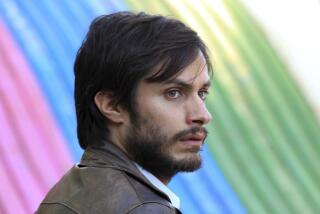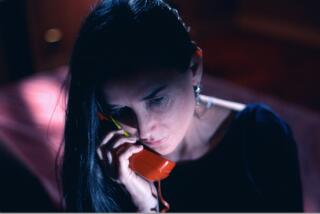‘Carmen’ shows the true potential of a dance feature film: ‘It’s poetry’
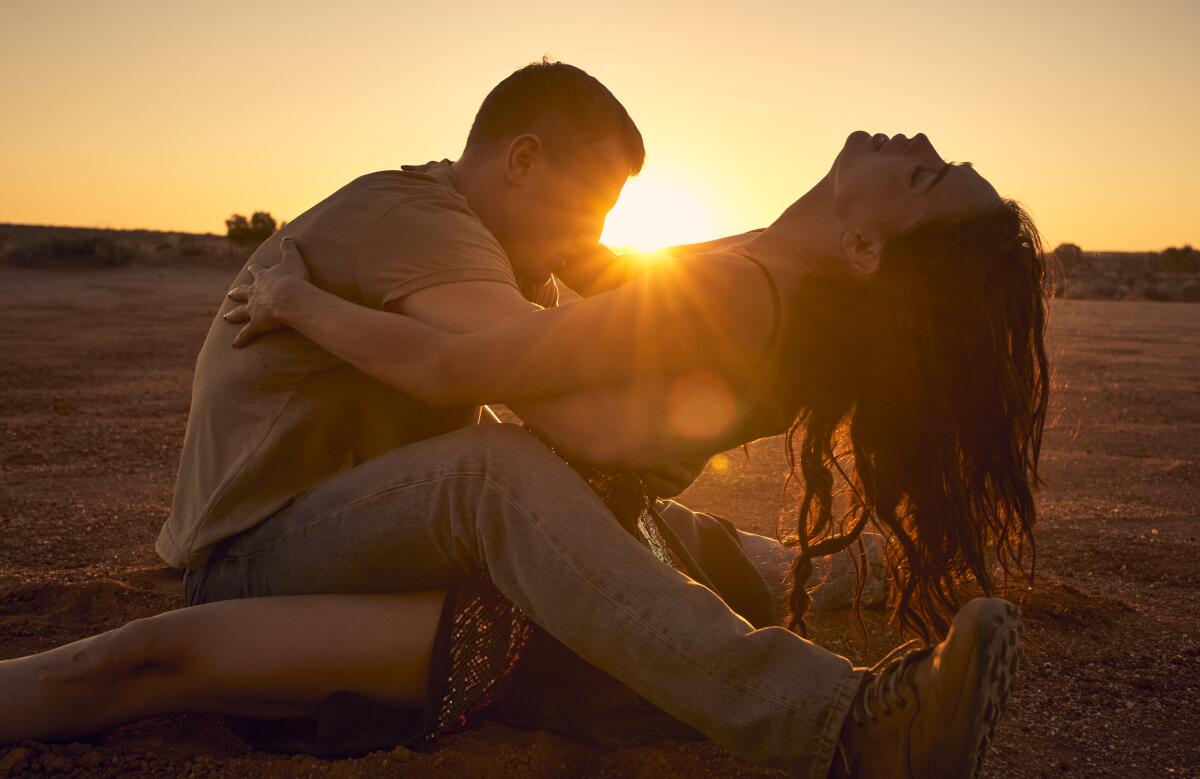
- Share via
Dance, commonly relegated to the background, is the main character in “Carmen.”
Choreographer and former ballet dancer Benjamin Millepied pushes the boundaries of dance in his feature directorial debut. Using movement to reinvent the Georges Bizet 1875 opera (and moving the story from Spain to the modern-day U.S.-Mexico border), Millepied tells a story rooted in dance.
The newly formed Choreographers Guild, now accepting members, is setting standards for compensation, credit, copyright and education for choreographers.
So what is a dance feature film?
While dancers and filmmakers alike are still exploring the art form, “Carmen” offers a glimpse into its potential. The movie uses dance as a narrative tool to advance the characters and plot forward — something that is rarely seen in a feature film.
“It’s all about the body,” “Carmen” cinematographer Jörg Widmer said. “It’s all about the beauty of some steps or jumps.”
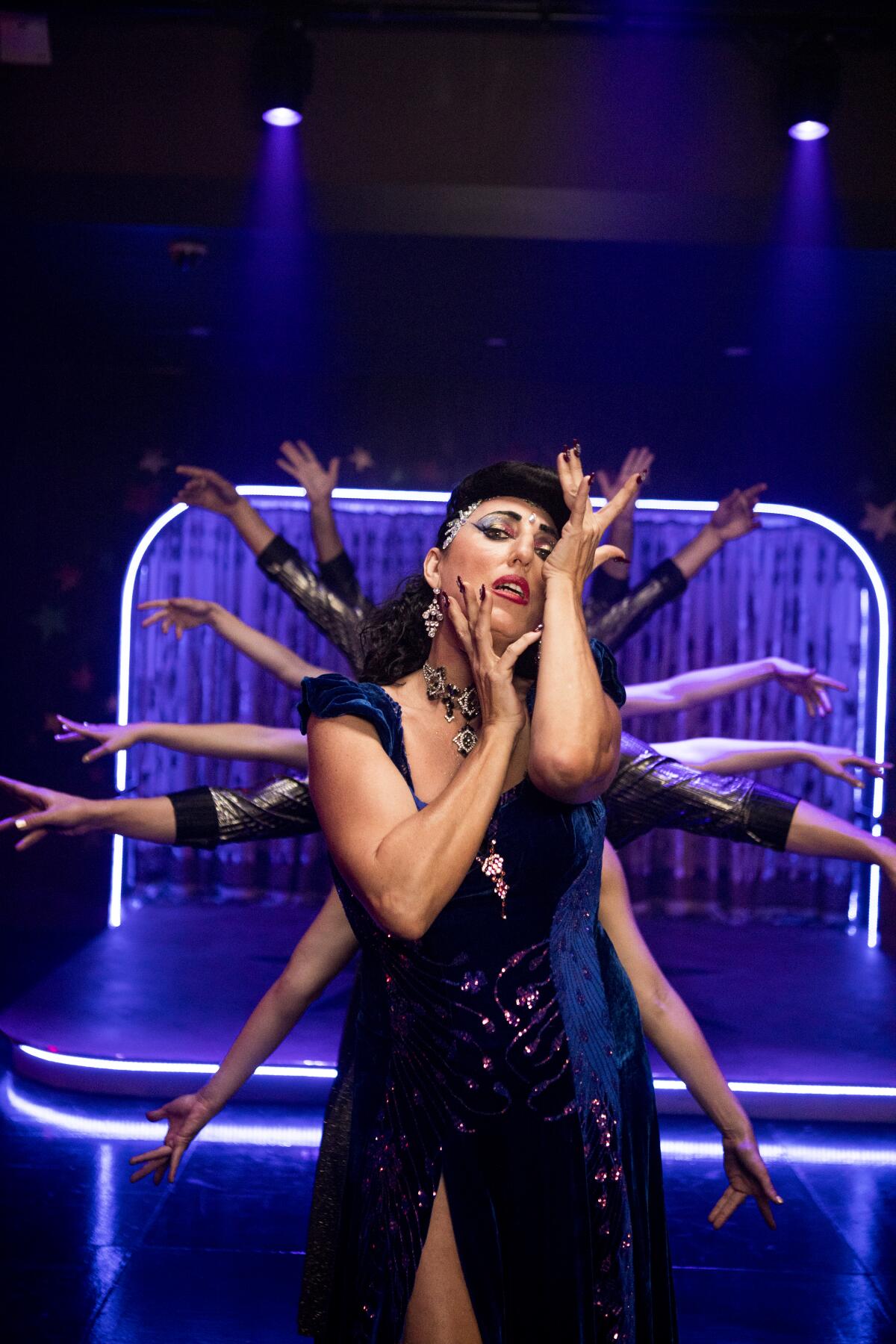
The film follows Carmen (“In the Heights” star Melissa Barrera) as she flees her home in Mexico after her mother’s murder. When she crosses into the U.S., she comes across Marine-turned-border-patrolman Aidan (“Aftersun’s” Paul Mescal) and his partner. A lethal standoff ensues and the outcome leads Carmen and Aidan to seek refuge together in Los Angeles. In the race for safety and a new life, the two often explore their internal conflicts through movement.
The cinematographer often moves to close-ups of body parts like a hand, elbow or face in the middle of a conversation and sits there for a seemingly uncomfortable amount of time. But in paying attention to the body, the storytelling is amplified. For example, as Aidan reconnects with an old friend, his PTSD rears its head. Instead of focusing on the face, Widmer moves the camera up, focusing on the friend gripping Aidan’s arm. As Aidan shuffles, body language becomes the central voice, saying everything about his past while a trivial conversation occurs in the present.
“He wanted to tell the story,” Widmer said of Millepied. “He didn’t only want to make it a great dance movie, he wanted to integrate it to tell the common story as a drama.”
Integration is key to a dance film. In the zeitgeist of dance cinema, dance films are usually musicals (including “La La Land,” “High School Musical” and Broadway adaptations) or rehearsal process films (think “Step Up,” “Center Stage” and “Climax.”) In both of these instances, the choreography is dictated by a cognizant audience.
This is where films like “Carmen” depart. The dance is done as if no one is watching and we, the viewers, are flies on the wall.
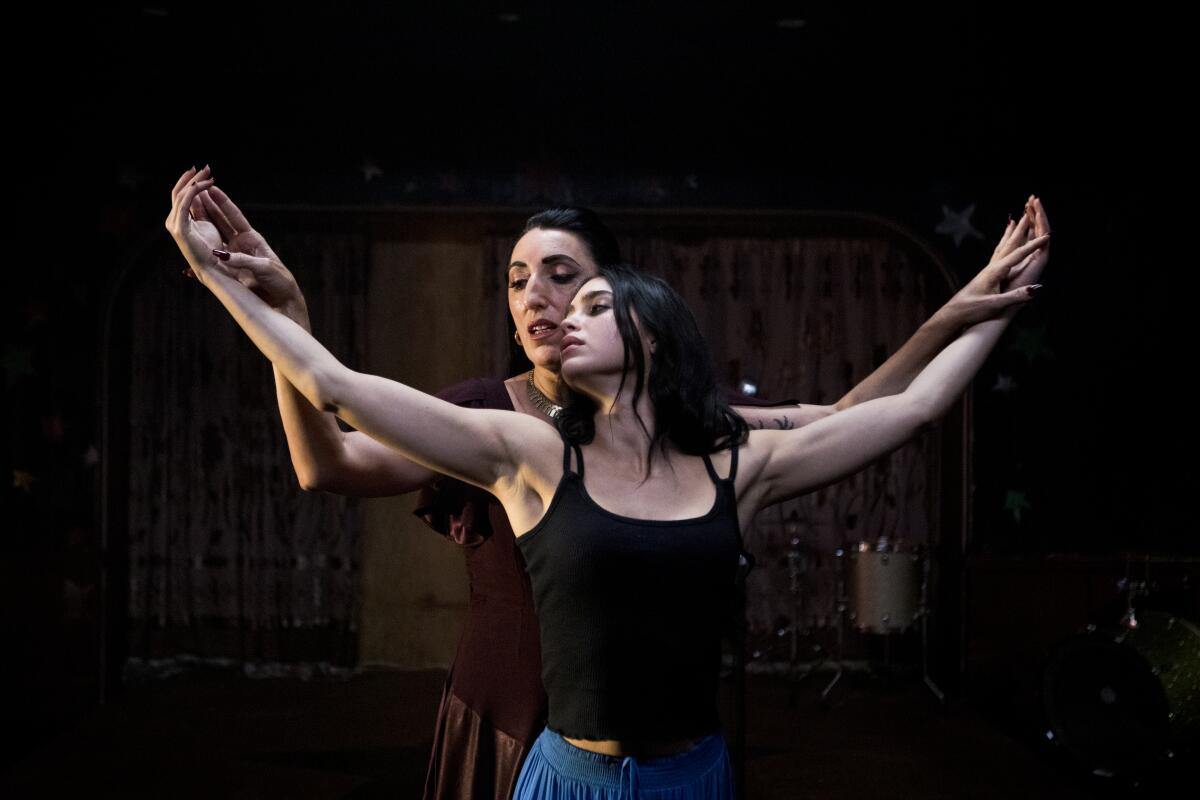
When the duo enters a pseudo-dream sequence on the way to Los Angeles, they end up at what seems to be a carnival in the middle of the desert. Dancers appear and begin to interact with Carmen. As dancers move out of unison, so does the camera. It starts to focus on a few dancers at a time, often capturing only an arm or torso. At one point, the camera even drops low and looks up at the ensemble as it spins.
“We’re not coming to dance on stage,” associate choreographer Holly Doyle said. “We’re coming from the wilderness to meet Carmen in this weird dream state.”
The movement of the camera — what is on and offscreen — is like visual dialogue.

In preparation for the scene, Millepied tested routes, making room for where the steadicam operator Andrew AJ Johnson would fit into the movement.
“I worked closely with [Johnson] as well because I had to learn his choreography,” Doyle said. “If he missed his window, then there would be collisions.”
“He’s the eyes of the entire scene,” she added.
The scene is a tango between the camera, Carmen and the dancers that encapsulates the marriage of dance and film. There is attention given to all angles of the movement.
“I think that’s the danger when dance is used on film and the director maybe doesn’t have such a keen eye for dance,” Doyle said. “It may not work as well.”
Choreographers are often asked to teach filmmakers about capturing dance because it is unfamiliar to them. When the director is also the choreographer, or at least someone familiar with dance, the issue is avoided completely and more attention can be given to the film.
“He knew exactly what he wanted,” Doyle said of Millepied. “He always came prepared, steps literally were flowing out of him.”
What resulted was a clear image and tone for “Carmen.” In preparation for filming with Widmer, Millepied dug through old films for inspiration. Widmer recalled watching a few Russian movies and discussing what he liked and didn’t like about the cinematography.
Dance has had a stronger presence on film since the beginning of the pandemic in March 2020. At the time, dancers were forced to abandon their studios and create from their homes. What resulted was an urge to move to film. Dance Camera West, an organization that presents and fosters talent, cemented itself as a home for creatives to share their films.
Dancers and filmmakers are continuing to experiment with using dance to tell a story for the screen, from films like “Aviva” to the Savage x Fenty show. Dance is becoming a respected component of the film industry.
The final moments of “Carmen” are packed with dance, jumping from a bar to a warehouse to a desert. It shifts from real life to a dreamlike escape, all knit together by leaps, turns and swings of the arm.
“It goes so smoothly from the narration to the dance sequences,” Widmer said. “It’s poetry.”
More to Read
The biggest entertainment stories
Get our big stories about Hollywood, film, television, music, arts, culture and more right in your inbox as soon as they publish.
You may occasionally receive promotional content from the Los Angeles Times.


